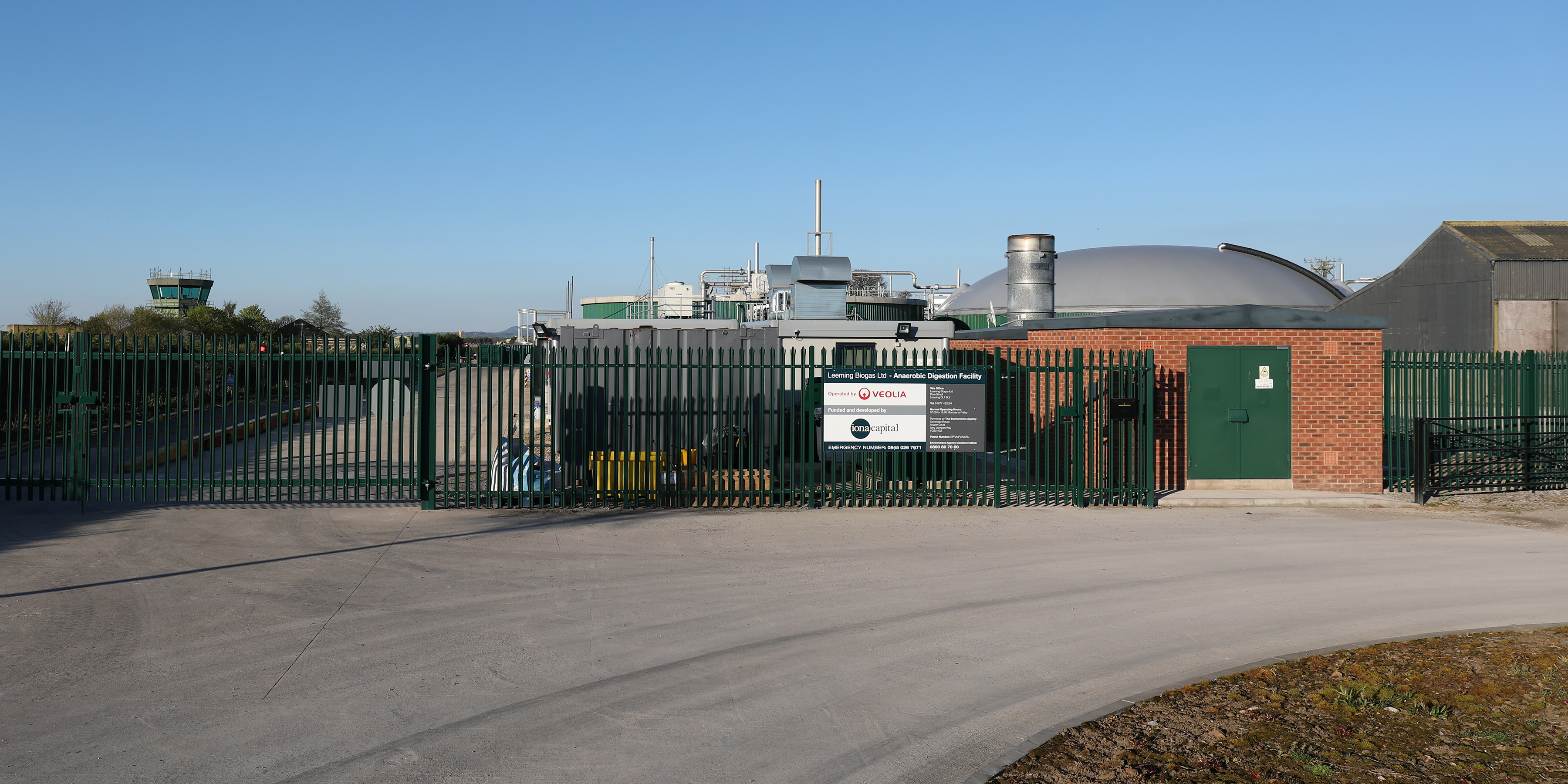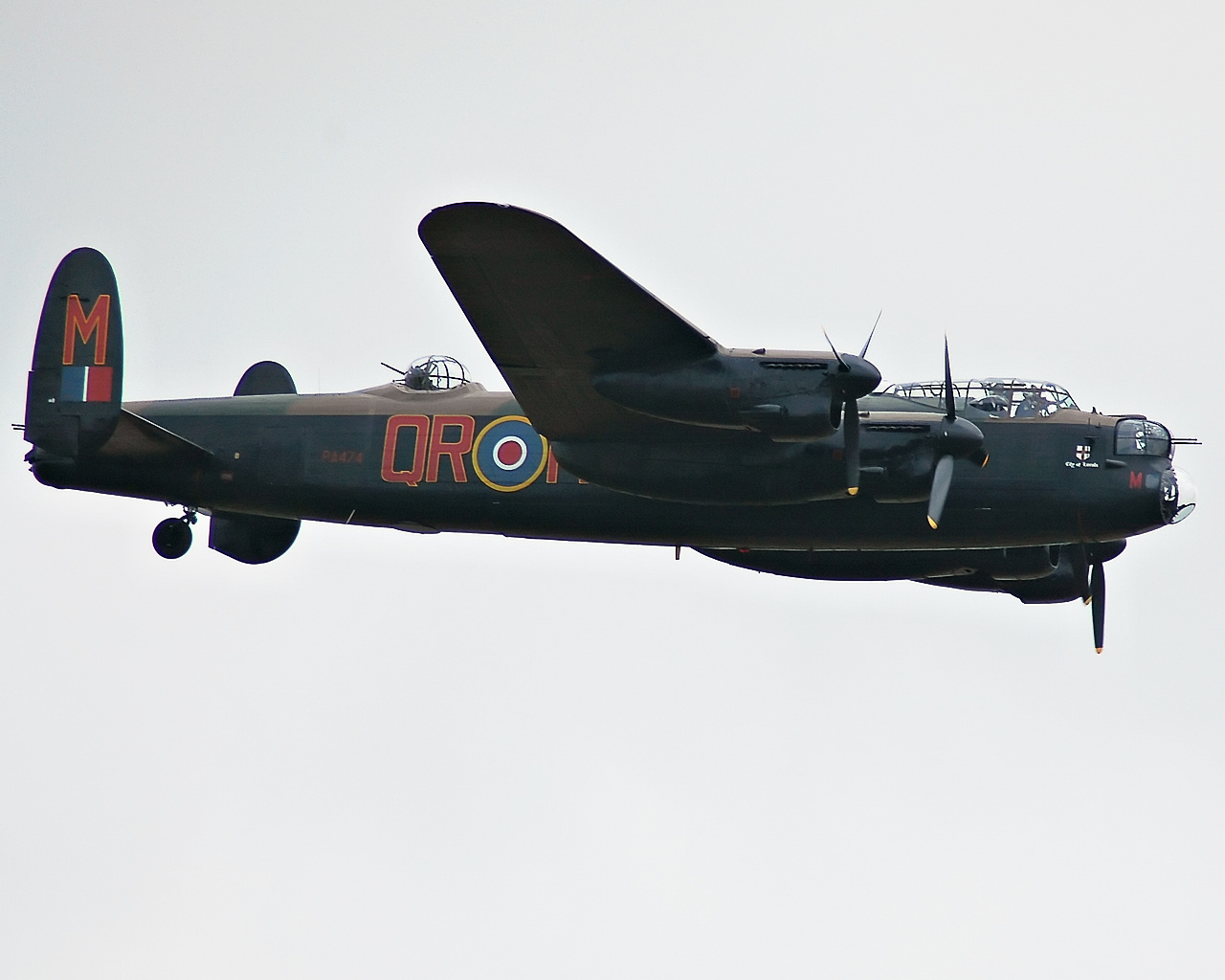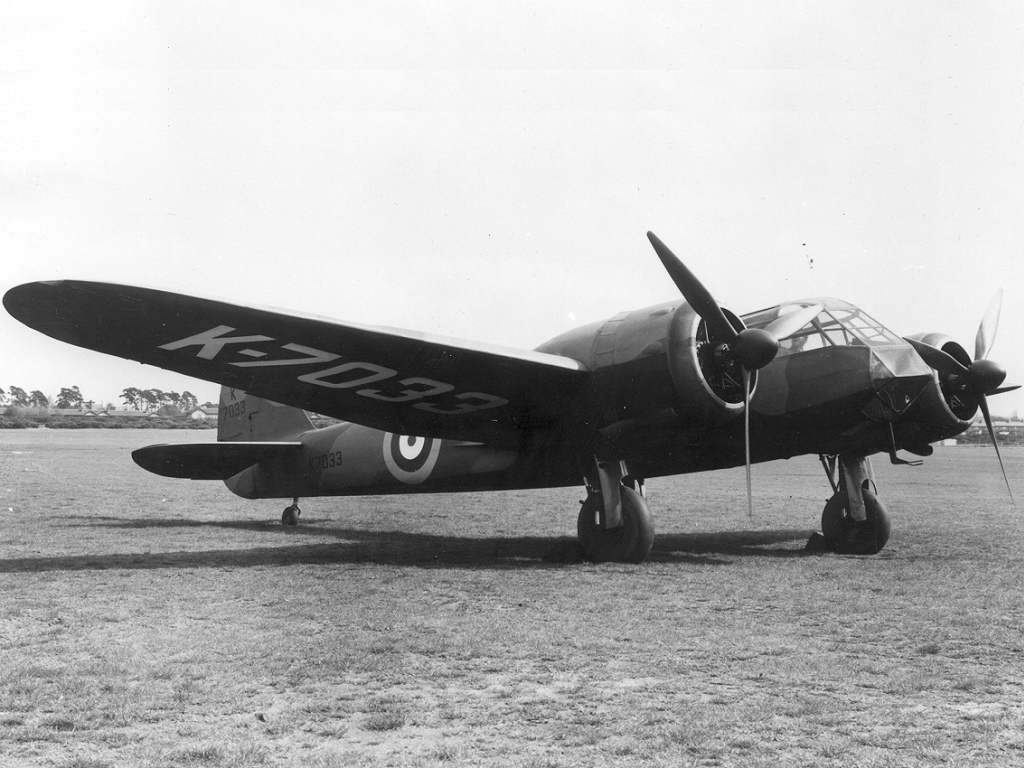|
RAF Leeming
Royal Air Force Leeming or more simply RAF Leeming is a Royal Air Force station located near Leeming, North Yorkshire, England. It was opened in 1940 and was jointly used by the RAF and the Royal Canadian Air Force (RCAF). Between 1950 and 1991, it operated mostly as a training base with Quick Reaction Force (QRF) Panavia Tornado F3 fighters based there in the latter stages of the Cold War and into the early 21st century. Since 2006, it has become the home of the deployable RAF communications cadre ( No. 90 Signals Unit RAF) and the home of No. 135 Expeditionary Air Wing. History The area at the extreme western edge of the base was used in the 1930s by local flying enthusiasts. It took the name of ''Londonderry Aerodrome'' as it was closest to the hamlet of Londonderry in North Yorkshire. In the late 1930s, the Royal Air Force bought up the aerodrome and most of the surrounding land to convert it into an RAF airfield, which became known as Royal Air Force Leeming. Part of t ... [...More Info...] [...Related Items...] OR: [Wikipedia] [Google] [Baidu] |
Leeming, North Yorkshire
Leeming is a village in North Yorkshire, England. Geography Leeming lies a mile east of the current A1(M) motorway, A1(M) road, south of the larger village of Leeming Bar and north of the small hamlet of Londonderry, North Yorkshire, Londonderry. Nearby is the RAF base of RAF Leeming. Before the opening of the £1 million bypass in October 1961, the A1 passed through the village following the path of Dere Street, parallel and close to the main runway of the airfield. Climate History The name derives from the river-name, which turned settlement-name. The etymology may be linked with Common Brittonic, British *lemanio "elm-tree", but there are other possibilities. An archaeological survey undertaken on Kelsall Villa (a Roman site near to Leeming Bar) describes it as deriving from the river with ''Leming'' meaning bright stream. In April 2008, the nearby base's remaining Panavia Tornado, Tornado F3 squadron (No. 25 Squadron RAF, 25 Sqn) was disbanded. The base has been ... [...More Info...] [...Related Items...] OR: [Wikipedia] [Google] [Baidu] |
RAF Skipton-on-Swale
Royal Air Force Skipton-on-Swale or more simply RAF Skipton-on-Swale is a former Royal Air Force List of former Royal Air Force stations, satellite station operated by RAF Bomber Command during the World War II, Second World War. The station was located at Skipton-on-Swale west of Thirsk (near the present-day junction of the A61 road, A61 and A167 road, A167), North Yorkshire, England. The village of Sandhutton is located just to the east. RAF Skipton-on-Swale was a sub-station of RAF Leeming. History The airfield opened in autumn 1942, becoming operational in May 1943. Skipton-on-Swale was originally a No. 4 Group RAF, 4 Group facility and first hosted No. 420 Squadron RCAF, 420 Squadron, Royal Canadian Air Force (RCAF), which moved to RAF Middleton St. George in October 1942. Skipton was assigned to No. 6 Group RCAF, No. 6 Group, Royal Canadian Air Force (RCAF) in January 1943. RCAF squadrons stationed here included No. 424 Squadron RCAF, 424 Squadron, No. 432 Squadron RCAF, ... [...More Info...] [...Related Items...] OR: [Wikipedia] [Google] [Baidu] |
Avro Lancaster
The Avro Lancaster, commonly known as the Lancaster Bomber, is a British World War II, Second World War heavy bomber. It was designed and manufactured by Avro as a contemporary of the Handley Page Halifax, both bombers having been developed to the same specification, as well as the Short Stirling, all three aircraft being four-engined heavy bombers adopted by the Royal Air Force (RAF) during the same era. The Lancaster has its origins in the twin-engine Avro Manchester which had been developed during the late 1930s in response to the Air Ministry List of Air Ministry specifications, Specification P.13/36 for a medium bomber for "world-wide use" which could carry a torpedo internally, and make shallow dive-bombing attacks. Originally developed as an evolution of the Manchester (which had proved troublesome in service and was retired in 1942), the Lancaster was designed by Roy Chadwick and powered by four Rolls-Royce Merlins and in one of the versions, Bristol Hercules engines. I ... [...More Info...] [...Related Items...] OR: [Wikipedia] [Google] [Baidu] |
RAF Dalton
Royal Air Force Dalton or more simply RAF Dalton is a former Royal Air Force List of former Royal Air Force stations, satellite station located near to Dalton, Hambleton, Dalton, North Yorkshire, England. The airfield was by RAF Bomber Command during the World War II, Second World War. It was a satellite of nearby RAF Topcliffe. History RAF Dalton was home to No. 102 Squadron RAF, No. 102 Squadron beginning in November 1941. No. 102 Squadron returned to Topcliffe in June 1942 and for a time Dalton hosted No. 1652 Heavy Conversion Unit RAF (HCU) flying Handley Page Halifaxes. The airfield was improved in 1942 and in early 1943 was allocated to No. 6 Group RCAF, No. 6 Group Royal Canadian Air Force (RCAF). Canadian squadrons stationed here at one time or another included No. 428 Squadron RCAF, No. 428 Squadron, 424 Transport and Rescue Squadron, No. 424 Squadron, No. 420 Squadron RCAF, No. 420 Squadron, and No. 1666 Heavy Conversion Unit RAF (which moved to RAF Wombleton in Octob ... [...More Info...] [...Related Items...] OR: [Wikipedia] [Google] [Baidu] |
Vickers Wellington
The Vickers Wellington (nicknamed the Wimpy) is a British twin-engined, long-range medium bomber. It was designed during the mid-1930s at Brooklands in Weybridge, Surrey. Led by Vickers-Armstrongs' chief designer Rex Pierson, a key feature of the aircraft is its geodetic airframe fuselage structure, which was principally designed by Barnes Wallis. Development had been started in response to Air Ministry List Of Air Ministry Specifications, Specification B.9/32, issued in the middle of 1932, for a bomber for the Royal Air Force. This specification called for a twin-engined day bomber capable of delivering higher performance than any previous design. Other aircraft developed to the same specification include the Armstrong Whitworth Whitley and the Handley Page Hampden. During the development process, performance requirements such as for the tare weight changed substantially, and the engine used was not the one originally intended. Despite the original specification, the Wellingto ... [...More Info...] [...Related Items...] OR: [Wikipedia] [Google] [Baidu] |
RAF Chivenor
Royal Air Force Chivenor, or more simply RAF Chivenor, is a former Royal Air Force station located on the northern shore of the River Taw estuary, on the north coast of Devon, England. The nearest towns are Barnstaple and Braunton. Originally a civil airfield opened in the 1930s, the site was taken over by the Royal Air Force (RAF) in May 1940 for use as a RAF Coastal Command Station. After the Second World War, the station was largely used for training, particularly weapons training. During the 1950s and 1960s, No. 229 Operational Conversion Unit RAF (229 OCU) used Hawker Hunter aircraft for training. In 1974 the station was left on "care and maintenance", though No. 624 Volunteer Gliding Squadron (624 VGS) continued to fly from there. The RAF returned in 1979, forming 2 Tactical Weapons Unit (2 TWU) which flew BAE Systems Hawks, from 1979 until the unit was renamed as No. 7 Flying Training School RAF (7 FTS) in 1992. In 1994, 7 FTS left Chivenor, merging with No. 4 Flying T ... [...More Info...] [...Related Items...] OR: [Wikipedia] [Google] [Baidu] |
RAF Linton-on-Ouse
Royal Air Force Linton-on-Ouse or more simply RAF Linton-on-Ouse is a former Royal Air Force station at Linton-on-Ouse in North Yorkshire, England, north-west of York. It had satellite stations at RAF Topcliffe and Dishforth Airfield (British Army). The station opened in 1937. With the transfer of pilot training to RAF Valley on Anglesey in 2019, the station closed in 2020. In February 2021, the MOD confirmed that no alternative military use had been identified for the site and that it would therefore be sold. History RAF Linton-on-Ouse opened on 13 May 1937 as a bomber airfield and was the home of No. 4 Group RAF until 1940. Halpenny, Bruce Barrymore ''Action Stations: Military Airfields of Yorkshire v. 4'' – Page 122 The base's first commander was Wing Commander A. D. Pryor. When the Second World War began, bombers were launched from Linton to drop propaganda leaflets over Germany and the base was eventually used to launch bombing raids on Norway, The Nethe ... [...More Info...] [...Related Items...] OR: [Wikipedia] [Google] [Baidu] |
RAF Prestwick
Royal Air Force Prestwick or simply known as RAF Prestwick, is a former Royal Air Force station based at the NATS air traffic control centre, adjacent to Glasgow Prestwick Airport, South Ayrshire, in south west Scotland. The unit was home to the Scottish Air Traffic Control Centre (Military) which provided an air traffic control service to military aircraft operating within its area of responsibility. Prestwick was also home to a Distress and Diversion (D&D) Cell which provided assistance to both military and civil aircraft in an emergency. RAF Prestwick was established during the Second World War for the reception of aircraft coming across the Atlantic from North America. The unit closed in December 2013 with operations transferring to the RAF unit at London Area Control Centre in Swanwick, Hampshire. History Prestwick Airport was established on 17 February 1936 as a base for Scottish Aviation Limited. Second World War During the Second World War, Prestwick was u ... [...More Info...] [...Related Items...] OR: [Wikipedia] [Google] [Baidu] |
Armstrong Whitworth Whitley
The Armstrong Whitworth A.W.38 Whitley was a British medium/heavy bomber aircraft of the 1930s. It was one of three twin-engined, front line medium bomber types that were in service with the Royal Air Force (RAF) at the outbreak of the World War II, Second World War. Alongside the Vickers Wellington and the Handley Page Hampden, the Whitley was developed during the mid-1930s according to Air Ministry List Of Air Ministry Specifications, Specification B.3/34, which it was subsequently selected to meet. In 1937, the Whitley formally entered into RAF squadron service; it was the first of the three medium bombers to be introduced. Following the outbreak of war in September 1939, the Whitley participated in the first RAF bombing raid upon German territory and remained an integral part of the early British bomber offensive. In 1942 it was superseded as a bomber by the larger four-engined "Heavy bomber#World War II 2, heavies" such as the Avro Lancaster. Its front-line service include ... [...More Info...] [...Related Items...] OR: [Wikipedia] [Google] [Baidu] |
RAF Oakington
Royal Air Force Oakington or more simply RAF Oakington was a Royal Air Force station located north of Oakington, Cambridgeshire, England and northwest of Cambridge. History Second World War Construction was started in 1939, but was affected by the outbreak of war. The original plan called for Type-C hangars but two type J were erected instead. It was used by No. 2 Group in July 1940 for No. 218 Squadron which had recently returned from Nantes, France. In September, Oakington was passed to No. 2 Group which stationed the first Short Stirling Squadron No. 7. The newly formed No. 3 Photographic Reconnaissance Unit RAF started to use RAF Oakington to conduct high altitude work for Bomber Command's target. However, there were poor surface conditions at RAF Oakington so No. 3 PRU often operated from RAF Alconbury. Postwar During the 1950s RAF Oakington was an Advanced Flying Training School, No. 5 Flying Training School RAF (5 FTS), which reformed at the airfield on 1 Jun ... [...More Info...] [...Related Items...] OR: [Wikipedia] [Google] [Baidu] |
Short Stirling
The Short Stirling was a British four-engined heavy bomber of the Second World War. It has the distinction of being the first four-engined bomber to be introduced into service with the Royal Air Force (RAF) during the war (the earlier Handley Page V/1500 being a WWI design that served during the 1920s). The Stirling was designed during the late 1930s by Short Brothers to conform with the requirements laid out in Air Ministry Specification B.12/36. Prior to this, the RAF had been primarily interested in developing increasingly capable twin-engined bombers, but had been persuaded to investigate a prospective four-engined bomber as a result of promising foreign developments in the field. Out of the submissions made to the specification, Supermarine proposed the Type 317, which was viewed as the favourite, whereas Short's submission, named the S.29, was selected as an alternative. When the preferred Type 317 had to be abandoned, the S.29, which later received the name Stirling, ... [...More Info...] [...Related Items...] OR: [Wikipedia] [Google] [Baidu] |
Bristol Blenheim
The Bristol Blenheim is a British light bomber designed and built by the Bristol Aeroplane Company, which was used extensively in the first two years of the Second World War, with examples still being used as trainers until the end of the war. Development began with the ''Type 142'', a civil airliner, after a challenge from the newspaper proprietor Harold Harmsworth, 1st Viscount Rothermere, Lord Rothermere to produce the fastest commercial aircraft in Europe. The ''Type 142'' first flew in April 1935, and the Air Ministry, ordered a modified design as the ''Type 142M'' for the Royal Air Force (RAF) as a bomber. Deliveries of the new Blenheim to RAF squadrons commenced on 10 March 1937. In service the Type 142M became the Blenheim Mk.I which would be developed into the long-nosed Type 149, the Blenheim Mk.IV, except in Canada where Fairchild Canada built the Type 149 under licence as the Bolingbroke. The Type 160 Bisley was also developed from the Blenheim but was already obsol ... [...More Info...] [...Related Items...] OR: [Wikipedia] [Google] [Baidu] |









